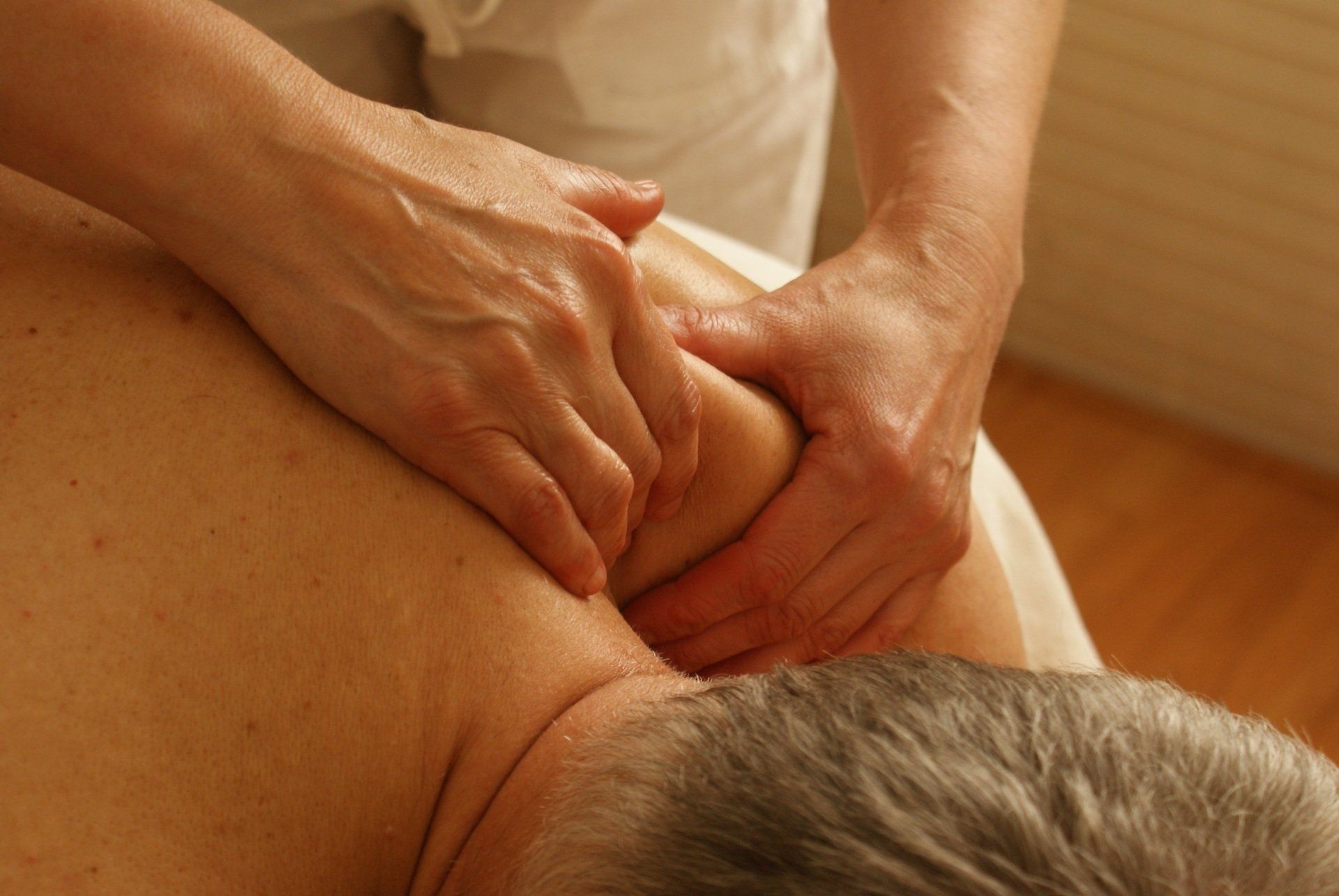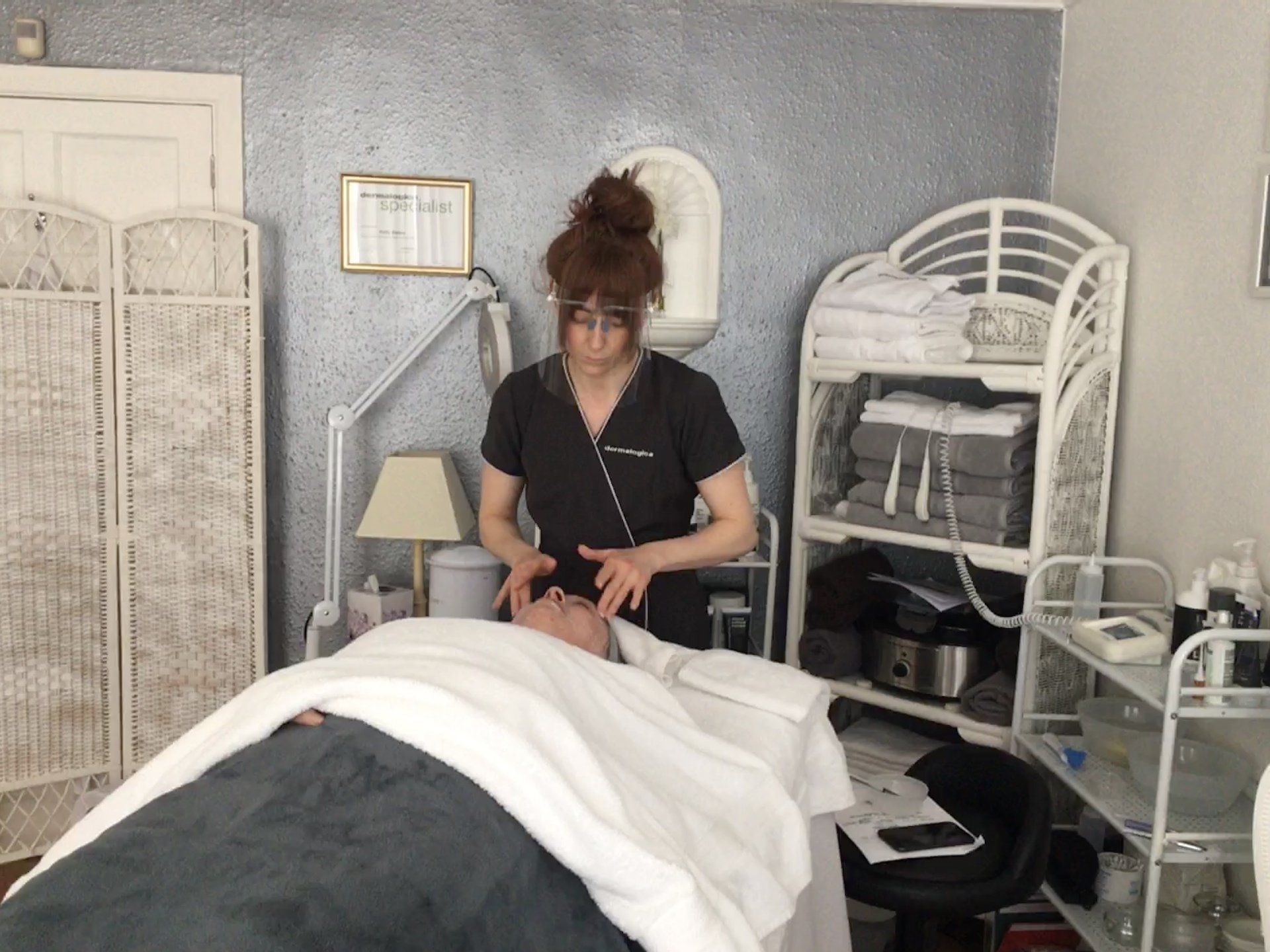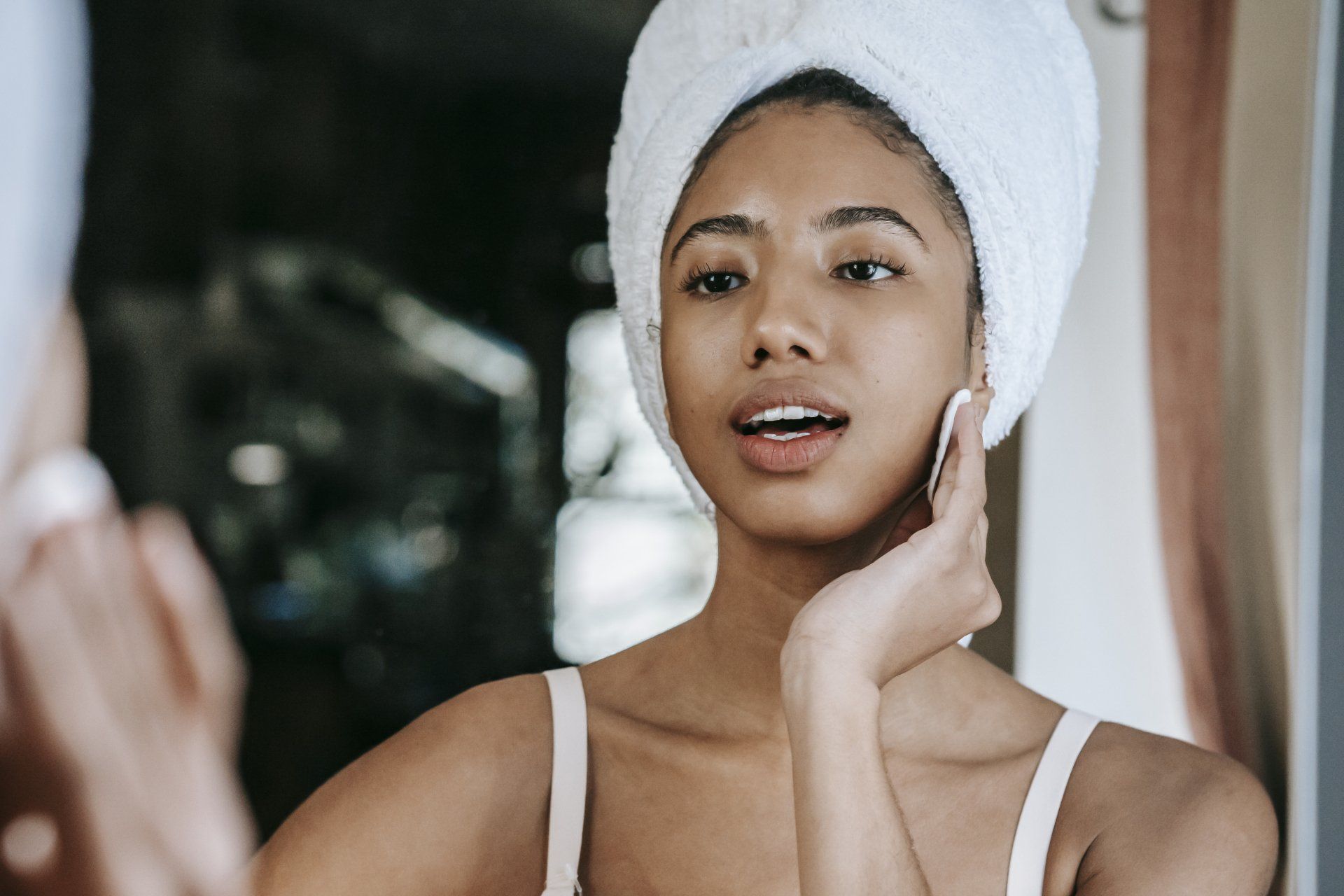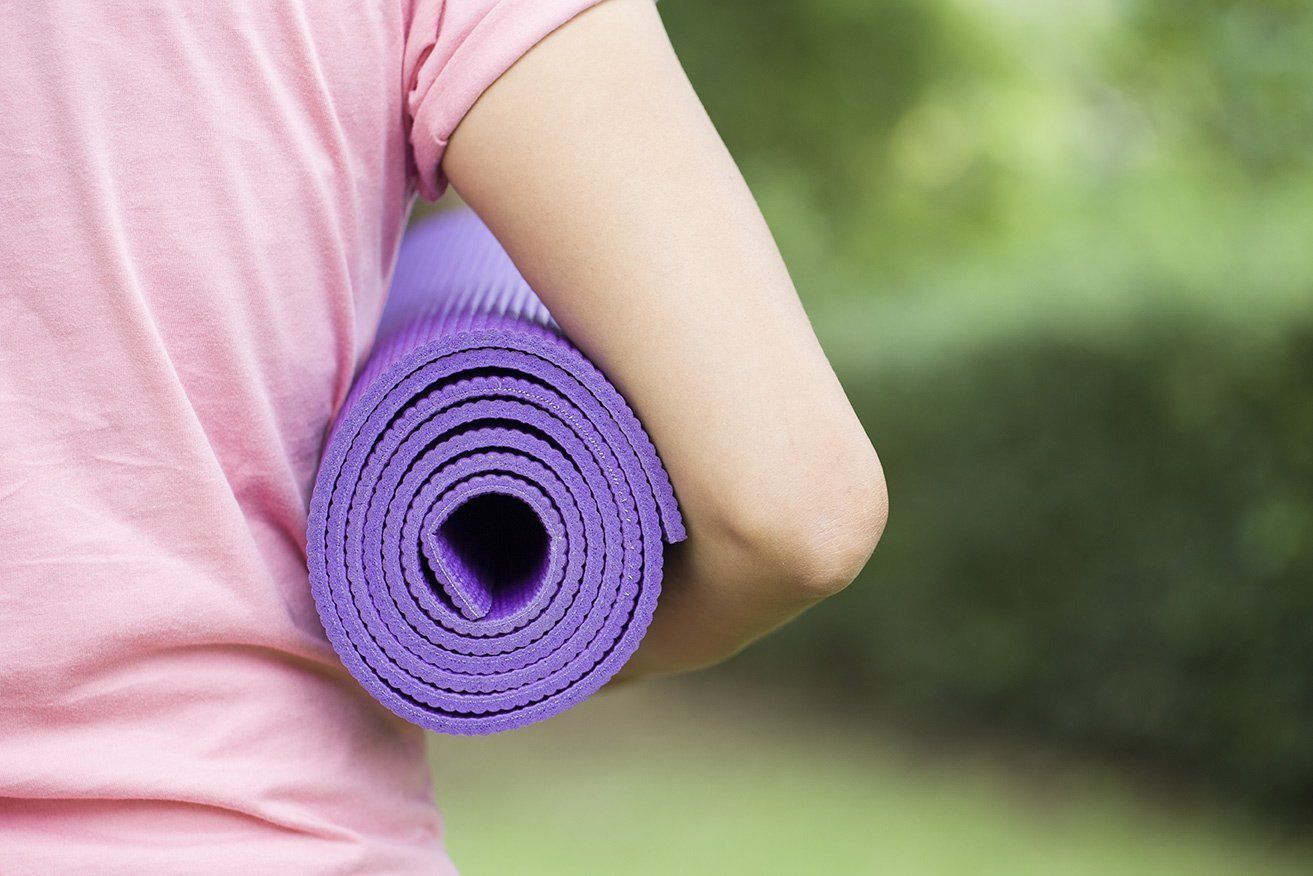The Power Ingredients Your Skin Needs
Although there is no "one size fits all" skincare routine, there are some key ingredients that we all need. Some of these compounds can be found in diet or produced by the body itself, but most can also be absorbed from products applied directly to the skin. We offer facials and other treatments that incorporate some of these ingredients where appropriate- read more about our therapies here.
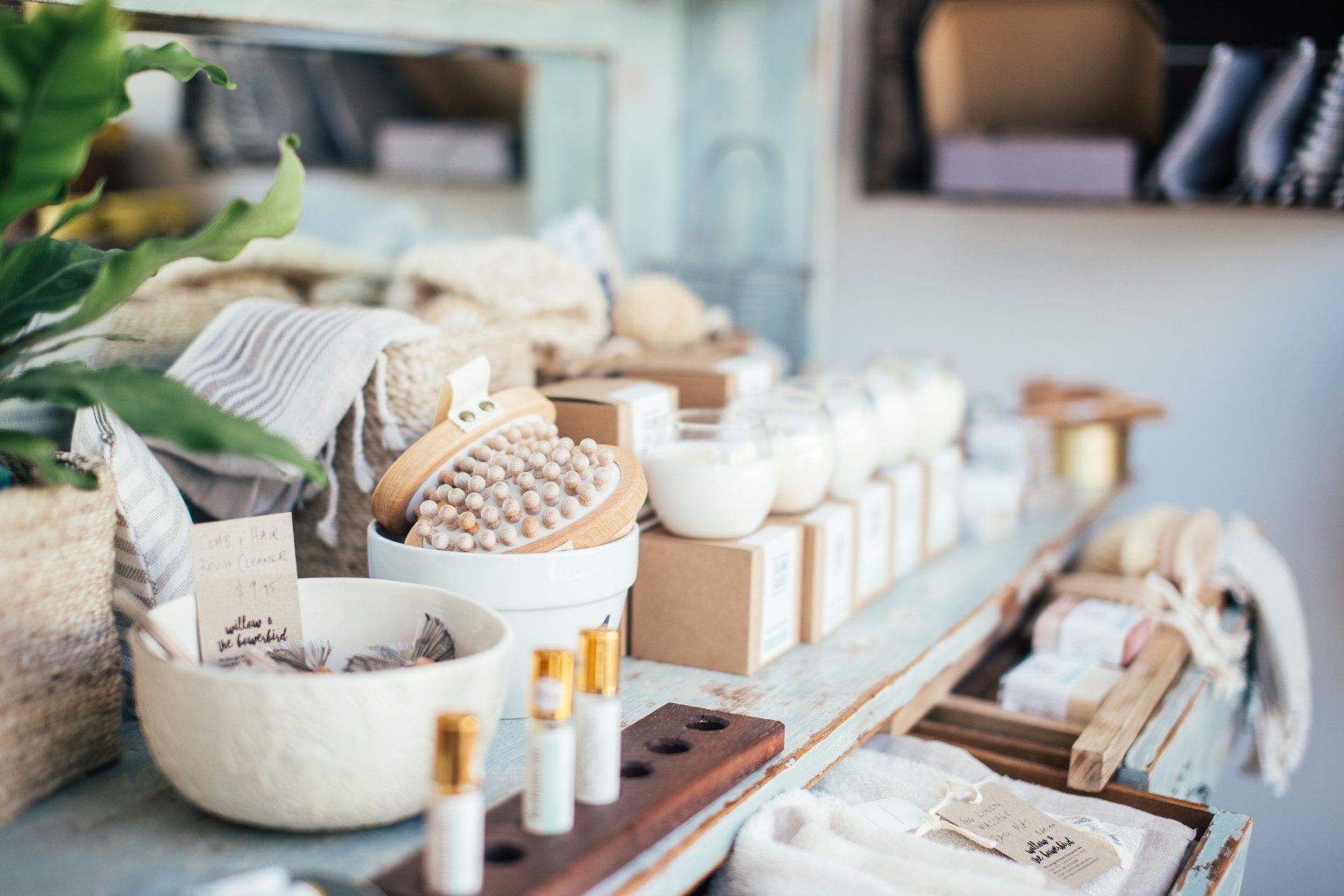
Niacinamide
This is a form of the vitamin B3, and it is responsible for balancing inflammation and strengthening the skin's barrier layer. Products containing niacinamide are often marketed as "brightening", in reference to their effect on areas of hyperpigmentation or acne scars.
Whereas some ingredients that storm the beauty world can be quite irritating when the skin isn't used to them, niacinamide is a gentle ingredient that aims to soothe. This is particularly useful if your skin is prone to breakouts and you want to target the subsequent redness.
Polyglutamic Acid
Not only does polyglutamic acid have its own set of benefits, but its presence in the skin encourages the production of hyaluronic acid- a big hydrator. It is available in both high and low molecular weights, meaning it can both penetrate and sit on top of the skin for dual benefits. You can find it in hydrating serums, designed to complement the work of your moisturiser.
Hyaluronic Acid
Hyaluronic acid, or simply "HA" seems to be an ingredient in every new skincare product lately! The body actually produces it itself, but as we age the production levels drop and skin can become more dry and prone to wrinkles. It is another gentle ingredient that aims to plump the skin with hydration. HA serums applied to damp skin, under a layer of moisturiser aim to push water into the top layers of the skin.
Although it's everywhere, it's worth understanding the science to get the best results. HA molecules pull moisture towards themselves- meaning they might pull moisture up from the deeper layers of your skin too. It's these deep layers that really need the moisture, as the tissues there are still living, whereas surface skin is not. Be sure to drink lots of water to keep yourself hydrated from the inside out, and give that HA as much liquid in other products to keep your deep skin's moisture safe.
Pumpkin Seed
Pumpkin seed features in a handful of enzyme-based exfoliants. These products help to remove the outer layer of dead skin to leave your complexion brighter, smoother, and give you a better base for your makeup. You might prefer gentle enzyme exfoliators over harsher mechanical exfoliators even if your skin isn't particularly sensitive. They are much less abrasive (literally), and you might find that you avoid the post-exfoliation redness if you move away from a scrub.
Succinic Acid
Two major attractions of succinic acid are:
- its role as an antioxidant
- its antibacterial properties
Antioxidants are important for balancing damage done by UV exposure and pollution to name a couple of causes. The acid's antibacterial properties help it to fight against acne. Of course, there are a number of products out there that perform both roles, but succinic acid is also considered a much more gentle ingredient than others, such as retinol. So you might find it a better option for you if your skin is sensitive.
Oatmeal
Not all useful ingredients come in a skincare bottle! Oatmeal is anti-inflammatory, pH balancing, and even has some UV protection. Some brands do capitalise on its benefits, so you can find oatmeal based products on the skincare shelves, and you may have had an oatmeal bath to relieve chicken pox discomfort as a child. If other ingredients are out of your reach, a 70p bag of oats might be able to solve more problems than you expect.
